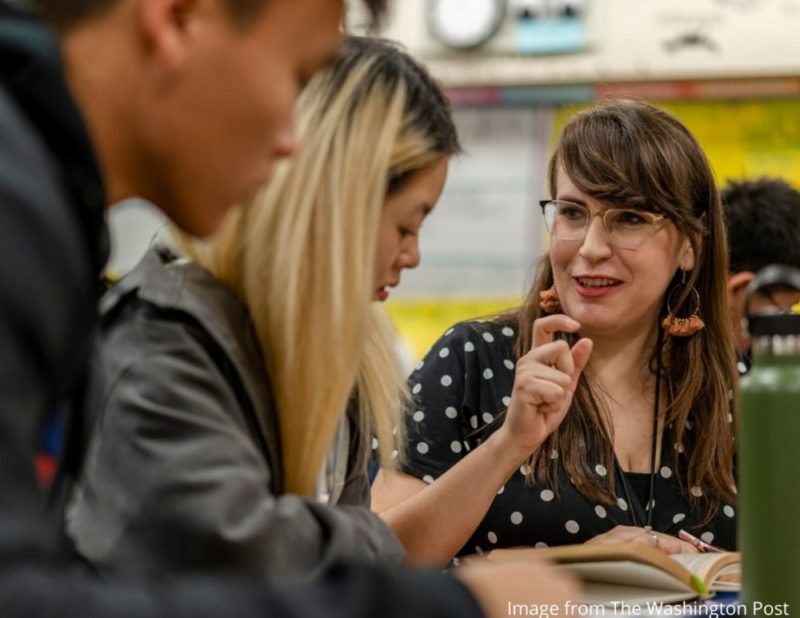
America’s schools are more diverse than ever. But the teachers are still mostly white.
Almost three-fourths of Nashville’s public school population are students of color. In contrast, a look at Nashville teachers reveals the opposite— with 72% of teachers identifying as white (according to MNPS warehouse data received by the Scarlett Family Foundation).
This racial gap between students and educators reflects a national trend, the Washington Post found, as America’s public school population becomes more diverse, but the educator workforce does not.
In a recent article, the Washington Post takes a closer look at school district data and provides insight into what some cities are doing to address this growing racial gap:
Nationally, a Washington Post analysis of school district data from 46 states and the District of Columbia finds that only one-tenth of 1 percent of Latino students attend a school system where the portion of Latino teachers equals or exceeds the percentage of Latino students.
It’s only marginally better for black students: 7 percent were enrolled in a district where the share of black teachers matches or exceeds that for students. Among Asian students, it was 4.5 percent.
Meanwhile, 99.7 percent of white students attended a district where the faculty was as white as the student body, The Post found.
Over time, the ranks of teachers of color have grown. In 1988, 87 percent of public school teachers were white. By 2016, 80 percent were, according to federal data.
Nonetheless, the racial gap between teachers and students has widened as more young people of color have enrolled each year. In 1994, two-thirds of public school students were white; by 2016, fewer than half were.
Read more and explore their data to see how Nashville compares.

